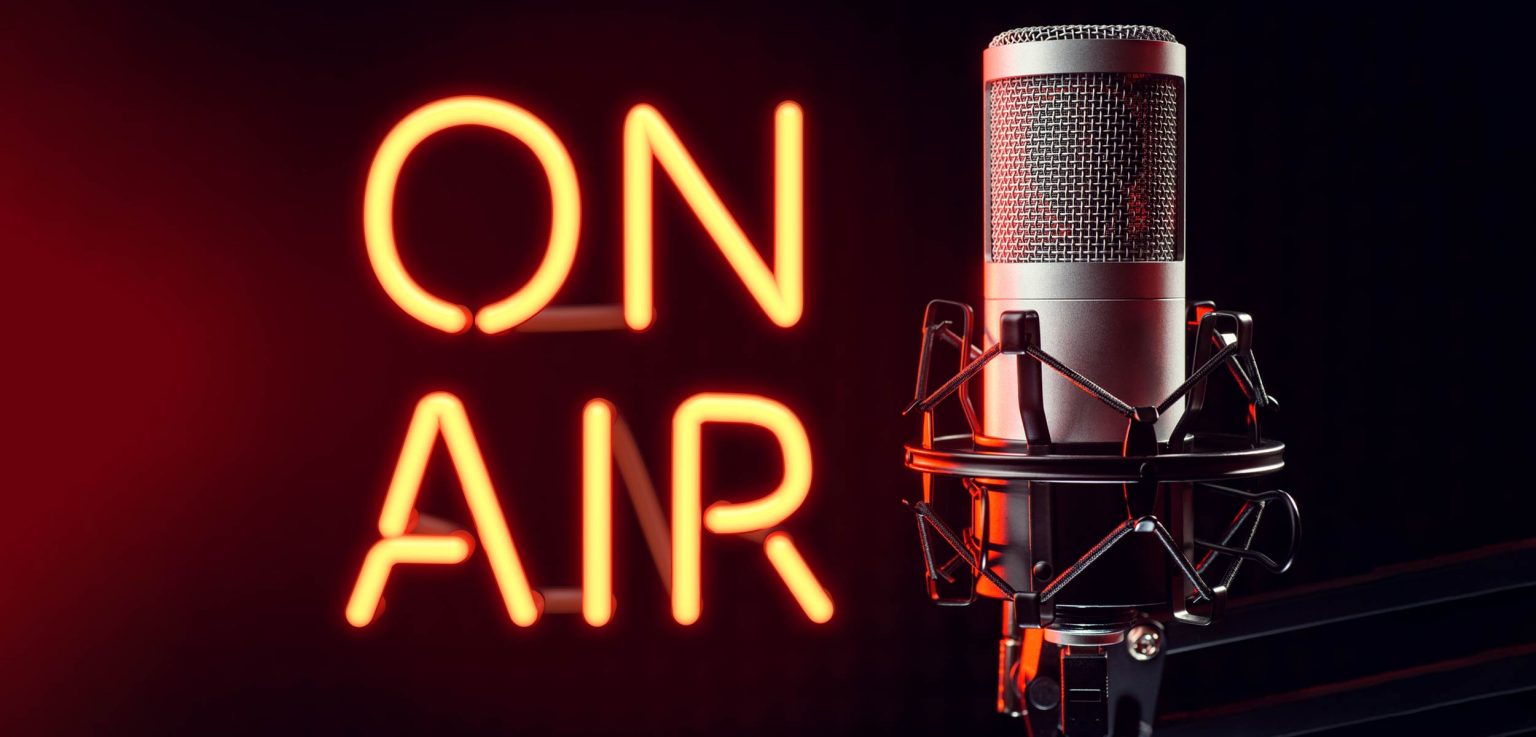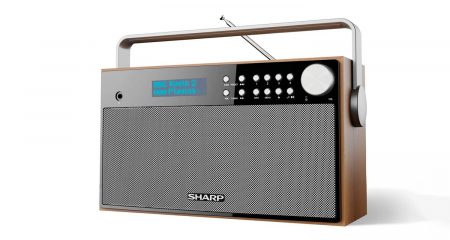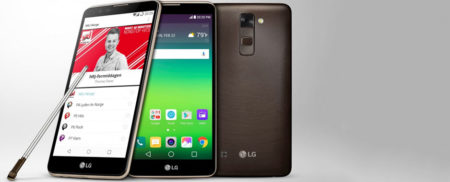South Africans love radio. The shift to digital has had disruptive effects on audiences in other media such as print and television, but radio remains resilient – even as it faces revenue pressures.
This is according to the third annual State of Broadcasting Industry Report released by the National Association of Broadcasters (NAB) this week. “The radio industry in South Africa demonstrated resilience amid ongoing industry headwinds,” said the report.
Get breaking news from TechCentral on WhatsApp. Sign up here
“While increasing penetration of smartphones and digital devices has facilitated increased access to online radio platforms, a shift was particularly evident during the Covid-19 pandemic, when lockdowns led to a rise in radio listenership as people sought companionship and information.”
Traditional broadcast radio has come under pressure despite listenership figures remaining robust, though the vast majority of South Africans continue to tune in at rates that surpass the global average.
According to the NAB’s report, radio has been impacted by changes in consumer behaviour towards the adoption of internet-based, on-demand broadcast services. Despite this, relatable content and innovative methods for driving listenership engagement – like the incorporation of social media – along with the continued growth of community radio stations are keeping radio relevant and mainstream.
December 2023 data from the Broadcast Research Council shows South Africa’s 334 radio stations – made up of 41 commercial and public broadcasting services and 293 community stations – attract a combined weekly audience of 31.6 million people. Zulu-language Ukhozi FM boasts the largest single listenership at 7.5 million. Like Ukhozi, all but one of the stations in the top 10 are owned by the SABC. The exception is Gagasi FM, which is owned by MRC Media.
How people listen
The NAB said the majority of listeners still tune in via standalone radio receivers, with car radios being the second most popular access medium. Smart speakers and streaming apps showed the strongest growth between the third quarter of 2022 and the first quarter of 2023, despite being fifth and sixth behind cellphone FM receivers and DStv’s audio bouquets.
As with television, however, radio’s advertising revenues have declined in recent years, falling from R4.1-billion in 2019 to R3.4-billion in 2023. The compound annual decline of -4.2% over this period stands in sharp contrast to the 2.3% compound annual growth between 2014 and 2018. According to the NAB, both TV and radio have suffered from declining revenues while online advertising grew its share of the advertising pie from 22% to 40% between 2019 to 2023 as consumers shifted online.
Read: ‘Nothing is happening’: digital radio roll-out stalls
“While the proliferation of streaming services may be viewed by some as a threat to the traditional broadcast environment, it is the experience and capability of the traditional broadcasters with respect to content acquisition and curation, and their strength in local content especially, that may enable them to weather this change,” said the report. – © 2024 NewsCentral Media
Don’t miss:
As South Africa dawdles on DTT, television technology moves on





